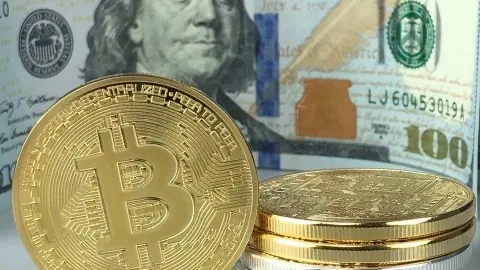Russian de-dollarization: Banks on board, others need convincing
Over the last 5-6 years, Russia has made some progress in diversifying its trade flows and international liabilities away from the US dollar. We note, however, that USD is still quite popular as an asset for the private sector despite the persisting risks of US sanctions. This is relevant for companies and banks focused on doing multi-FX business in Russia
Executive summary
Given the persistent newsflow on Russia's de-dollarization efforts, we have decided to make a broad overview of the progress in this area since the end of 2013, when Russia entered a new geopolitical reality. We have the following observations:
· The de-dollarization, a drop in the role of USD, is seen in most areas, including trade flows, foreign debt, international assets held by banks and the Central Bank of Russia (CBR), local loans, and local FX market turnover. The only exception is international assets held by companies and households, where the role of USD increased.
· De-dollarization progress is optically suppressed by the effects of depreciation of EUR and RUB to USD by c.20% and 50% respectively since 2013. If the USDRUB and EURUSD had remained unchanged over the last 5 years, the drop in the share of USD would have been more pronounced.
· Even with de-dollarization, Russia still sees a huge (estimated US$190 billion in 2019) annual net inflow of USD via the trade channel, which even after being extracted through the budget rule and foreign debt redemption is still enough to be accumulated as international and local assets by the private sector.
· De-dollarization is favoured by the banks, while the rest, including companies, households and even the government, are holding on to their US dollars which are more attractive relative to euro thanks to higher interest rates.
· As a result, the local FX market is still dominated by the USDRUB pair, and the progress of EUR is very slow, so far.
Having looked at the de-dollarization progress so far, we have the following conclusions:
· Further de-dollarization of trade is possible along with a switch of the oil export contracts to EUR, as the key Russia counterparties, including the EU and China, are looking for ways to bypass the USD area.
· Foreign liabilities in USD will remain the first in line to be redeemed due to sanction risks and high interest expense relative to EUR. Foreign borrowing in EUR, RUB, and other FX appears more stable even if it is used only to refinance the existing debt.
· De-dollarization of Minfin's assets is possible after 2020, when the liquid portion of the National Wealth Fund (NWF) reaches 7% of GDP, allowing bigger diversification of instruments.
· De-dollarization of the real sector FX assets is the biggest challenge, as the overall preference to FX savings need to be addressed through higher local investment opportunities.
· Otherwise Russian financial stability will remain exposed to the risks related to sanctions (USD) and the euro area banking sector stability (EUR).
Tags
RussiaDownload
Download report
27 September 2019
In case you missed it: Two tribes go to war This bundle contains 7 articlesThis publication has been prepared by ING solely for information purposes irrespective of a particular user's means, financial situation or investment objectives. The information does not constitute investment recommendation, and nor is it investment, legal or tax advice or an offer or solicitation to purchase or sell any financial instrument. Read more

